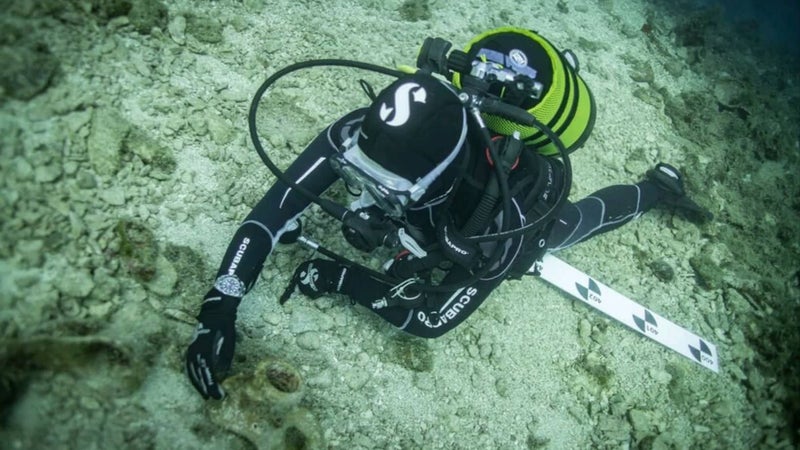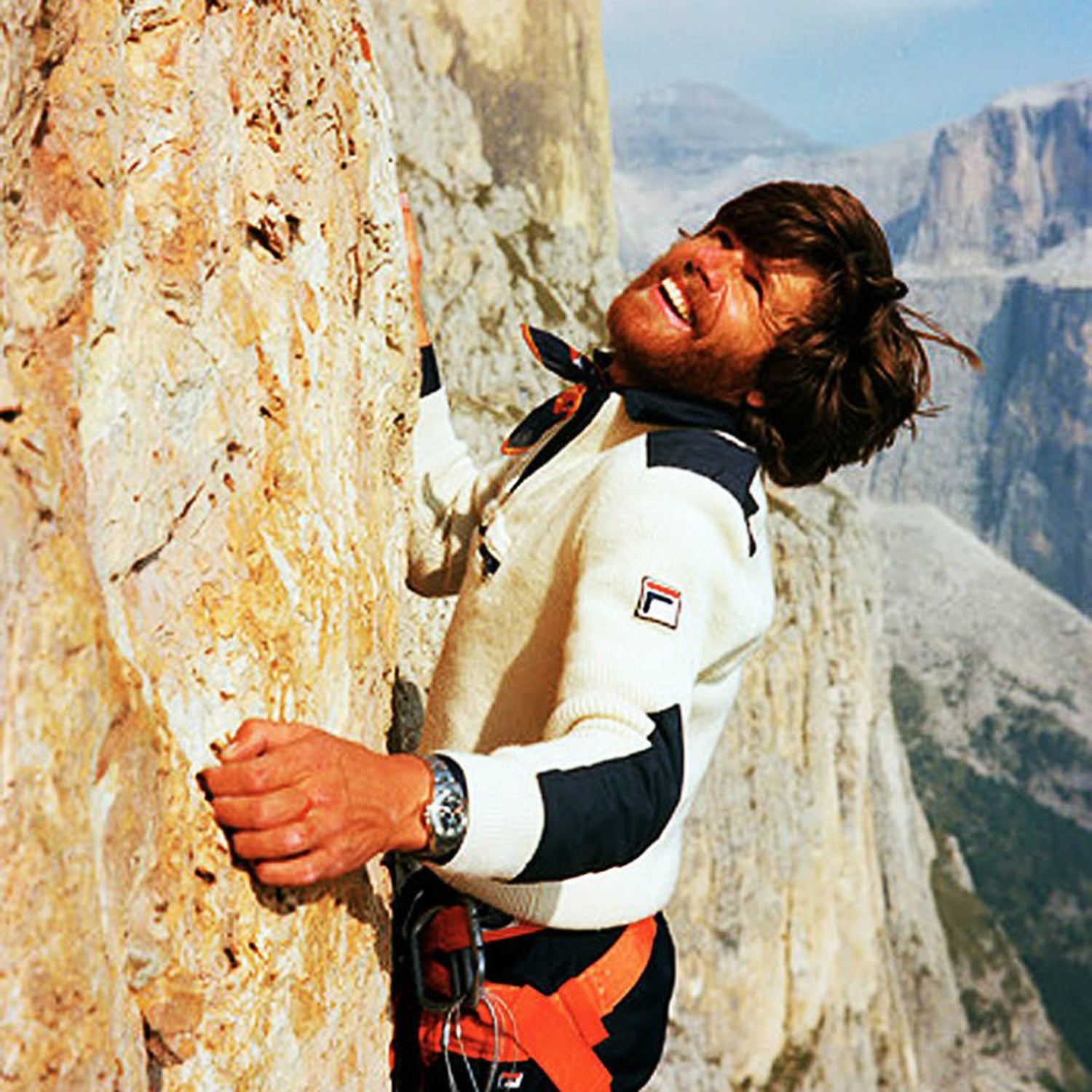In the 1970s, well before dive computers and GPS altimeter watches became de rigueur expedition wrist wear, more often than not, explorers of all stripes wore a Rolex. Reinhold Messner wore one when he summited Everest without oxygen in 1970. Robin Knox-Johnston had one on his wrist when he circumnavigated the globe nonstop the year before; so did Ranulph Fiennes during his epic Transglobe Expedition a decade later. It was simply the best timekeeper available for adverse conditions, whether underwater or atop Himalayan peaks.
Since those heady days, Rolex has come to be seen by many as more of a luxury product than the sturdy tool it once was. Lately, adventurers have become enamored with inexpensive wearable tech en lieu of analog watches. Now, though, through a new Expedition Watch program with , Rolex hopes to remind the world of its derring-do credibility by sending watches into the field on the wrists of modern explorers.
The Explorers Club is a New York-based organization that, as its name suggests, was founded to celebrate all things related to exploration. It counts as its members astronauts, climbers, divers, and polar explorers, including such luminaries as Will Steger, Buzz Aldrin, and Sylvia Earle. Rolex is a long time underwriter of the Explorers Club, but this year, that support takes on a more tangible form. The Expedition Watch Program, which launched in August, piggybacks on the club’s existing flag expeditions, a tradition in which members can apply to carry one of the organization’s trademark pennants to the corners of the Earth on scientifically-focused journeys. The flag is then cycled back into the field with another expedition, meaning that the same flag might end up in the Arctic and under the sea before it’s retired and displayed at the club’s mansion headquarters on Manhattan’s Upper East Side.

Flag expeditions must be justified through a lengthy application process, which is reviewed by a scrutinizing committee. The same goes for the Expedition Watch Program. Approved flag expedition applications are passed around a small committee that includes Don Walsh, first man to the bottom of the Marianas Trench, and Kathryn Sullivan, the first American female spacewalker, among others. (Full disclosure: I’m also a member of this selection committee.)
If an expedition is deemed a good venue to showcase a Rolex, one of the three watches are loaned for wear during the adventure. Watches come back afterwards, to be serviced and engraved by Rolex, then are dispatched back into the field on another worthy wrist. After a certain number of expeditions, the watches will be displayed at the club’s headquarters with a plaque listing where they’ve been. The models Rolex has provided included a , an field watch, and an model, all of which have proven highly capable of tolerating the abuse of an expedition. There is no financial incentive to wear one of the Rolexes on an expedition. Like the Explorers Club flags, the watches are good luck talismans passed from one club member to another.
The Expedition Watch Program kicked off this summer and, so far, three watches have been awarded for use. One for exploring a cave system in the Mexico, another for studying narwhals in the Arctic, and a third for documenting shipwrecks in the Greek Mediterranean. To date, all the watches have performed as expected and, perhaps more importantly, none have been lost.


